Low-Prep Sticky Notes Rounding Activity for Kids
Teaching young learners how to round numbers can be a fun and interactive experience with our sticky note rounding activity, perfect for 2nd graders! This hands-on exercise not only helps students grasp the concept of rounding but also encourages them to actively engage and collaborate. By picking a 3-digit number and deciding whether to round it up or down based on the ones place, children will enjoy the tactile and visual aspects of learning. Whether you’re a homeschool parent or a teacher, this activity is designed to make math both accessible and enjoyable for your students.
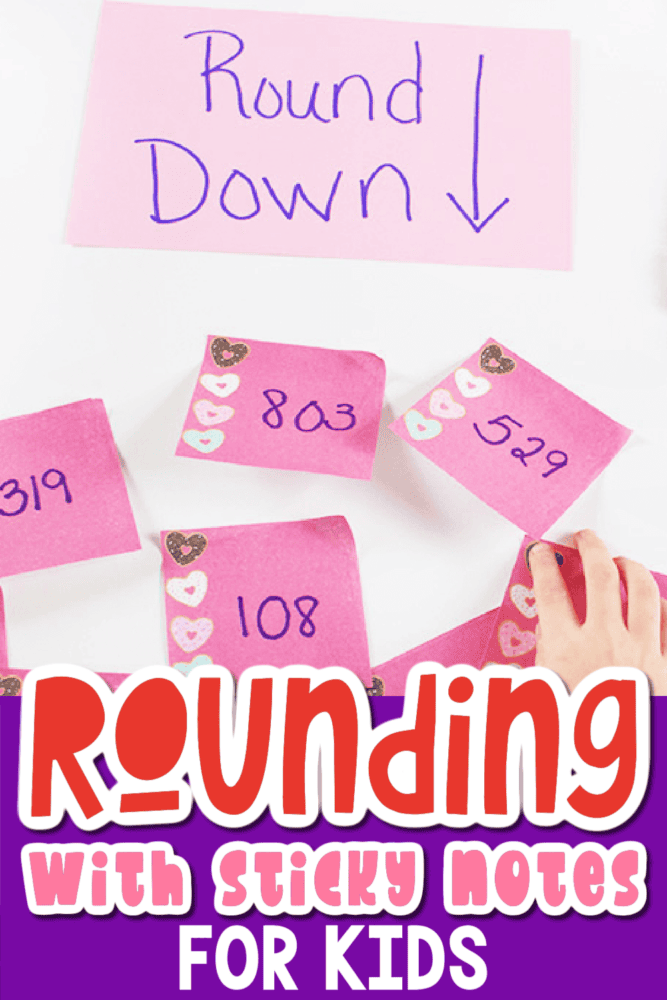
Recommended Grade Level:
Teaching Rounding with Sticky Notes
I love this activity because it is simple and gives ample practice with number flexibility and really understanding the underlying concept of rounding. You don’t actually round any numbers here, you just practice looking at the appropriate digit (ones place) to determine if you’ll round up or down to the nearest hundred. Since there are so many important math skills to teach around the 2nd grade mark, you’ll probably love our Greater Than/Less Than Snowball math game, or this Make Ten with Sticky Notes activity, too!
This activity is so customizable because you pick the numbers! Have a student ready for larger numbers? Go for it! Need to keep working on rounding to tens? Go for it! The possibilities are endless, so have some fun catering to each of your unique learners with this activity. Students could even write their own numbers, or write numbers and then switch with a partner!
Materials You Will Need for Rounding with Sticky Notes:
- Sticky Notes
- Paper
- Marker
- Colored Yarn

How to Make the Sticky Notes Rounding Activity
Step One:
First, write a three-digit number on each sticky note. I used 15 sticky notes total. I attached them to a file folder while I wrote on them to keep the permanent marker from leaking through onto my desk.

Step Two:
Next, line up the numbers along the edge of the desk. Label each side with “Rounding Up/Round Down,” and divide the workspace in half with yarn or chenille stems.

How to Do the Rounding Activity:
Children will pick a sticky note number, read the number, and then determine whether to round up or down. When all stickies have been sorted, repeat!
Teacher Tip: Students must look at the ones place to determine whether to round up or down. I teach them a little rhyme to help. “Four or less, goes down to rest. Five or more, raise up the score.”


What Should I Do Next?
Now that your child has a good understanding of rounding, the next step is to actually round! Try the same activity, but have your child write the rounded number on the sticky note after determining whether to round up or down. A number line/hundreds chart can be a helpful tool.
Need more hands-on math ideas? I hope so!
- Hands-On Activities with Math Storybooks
- Skip Counting Puzzles for Winter
- Snowball Gross Motor Place Value
How to Differentiate the Rounding Activity
This activity can be differentiated to meet all levels of understanding!
- Provide physical aids such as number lines, base ten blocks, or rounding charts. These tools can help visual learners and students who benefit from tactile learning experiences to better understand the concept of rounding.
- Adapt the complexity of the numbers on the sticky notes based on the student’s proficiency level. Provide simpler 2- or 3-digit numbers for students who need more practice and more challenging numbers (e.g., closer to the midpoint) for advanced students.
- Have students work in pairs to discuss and decide where to place the sticky note. Each pair can present their reasoning to the class, fostering collaborative learning and peer teaching.
- Use an app where students can drag and drop the 3-digit number into the correct category (round up or round down). The app can provide instant feedback and additional practice rounds.
- Underline the ones digit for kids who need to remember which digit to look at when rounding.
Benefits of the Sticky Note Rounding Activity
Hands-On Engagement: The tactile nature of using sticky notes makes learning more interactive and engaging, helping students to better understand and remember the concept of rounding.
Visual Learning: By physically placing the sticky notes in different locations, students can visualize the rounding process, aiding comprehension for visual learners.
Critical Thinking: Deciding whether to round up or down based on the ones place requires students to analyze and apply their knowledge, enhancing critical thinking skills.
Collaboration and Communication: Working in pairs or groups fosters collaboration and communication, as students discuss their reasoning and learn from each other.
Differentiated Instruction: The activity can be easily adapted to different learning levels by varying the complexity of the numbers, ensuring all students are challenged appropriately and can progress at their own pace.
The activity is so easy to throw together! You could even designate a classroom wall/board for the activity for independent practice time with one or two students working at a time.
More Ways to Explore Second Grade Skills
Rounding is a key second grade skill, along with a few others. If your second grader has mastered rounding and is ready for more, maybe it’s time to tackle money or time! Check out this Counting Money Game or our awesome bundle of Telling Time Card Games.
Frequently Asked Questions
These are frequently asked questions about rounding numbers with sticky notes.
What is the objective of the rounding activity?
The objective is for students to pick a 3-digit number from a sticky note, determine whether to round it up or down based on the ones place, and then place the sticky note on either the left (round down) or right (round up) side of the workspace.
How do they know whether to round up or down?
Students look at the ones place of the 3-digit number. If the ones digit is 0-4, they round the number down to the nearest ten. If the ones digit is 5-9, they round the number up to the nearest ten.
What can I do to help students that struggle to understand?
Provide additional support by using visual aids such as a number line or a rounding chart. You can also offer simpler numbers to practice with or work one-on-one with the student to explain the concept in different ways.
How can I assess student understanding with this activity?
Observe the students as they place their sticky notes and listen to their reasoning. You can also ask them to explain their thought process. Additionally, you can have a follow-up worksheet or quiz to formally assess their understanding of rounding numbers.
Rounding Numbers with Sticky Notes
Well done! You provided an engaging activity for your children to really understand rounding. Now, pose the question, “What number ending in zero does this number round to?” Remember, rounded numbers always end in zero!
More Valentine’s Learning Ideas:
- Broken Hearts Compound Words
- Kid’s Engineering: Valentines Heart Bombs
- Valentine’s Day Magic Milk Experiment
More Math Printables:
Search All Activities
Looking for more? Find exactly what you need here:

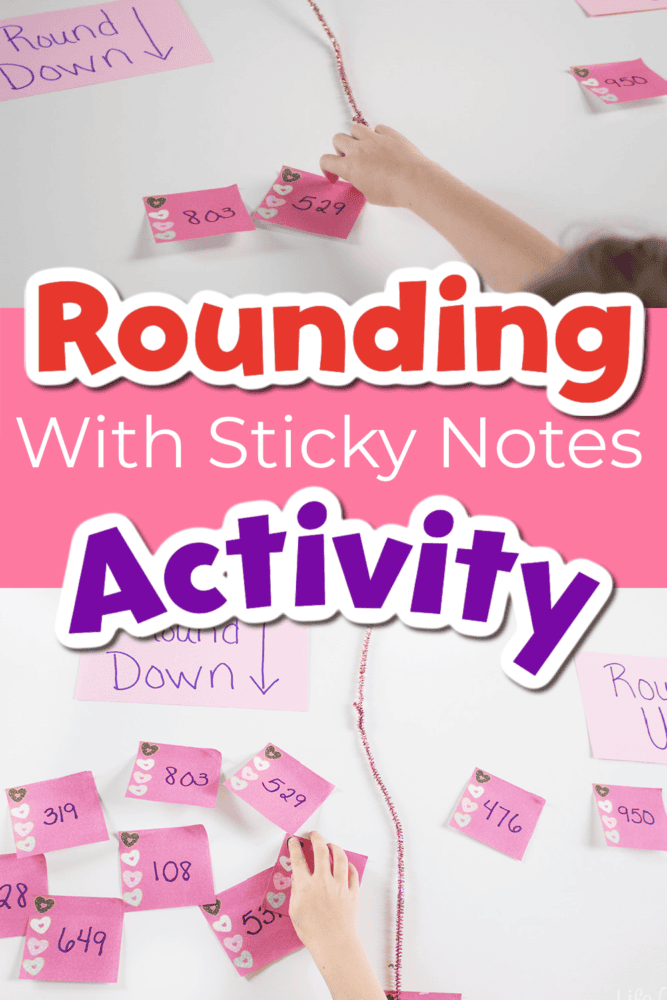
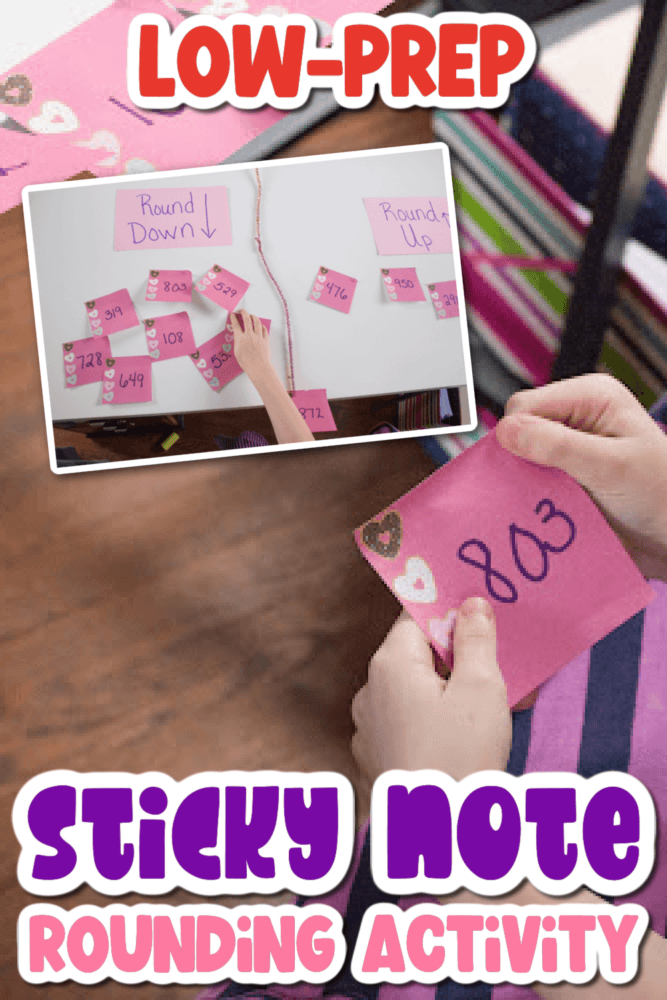
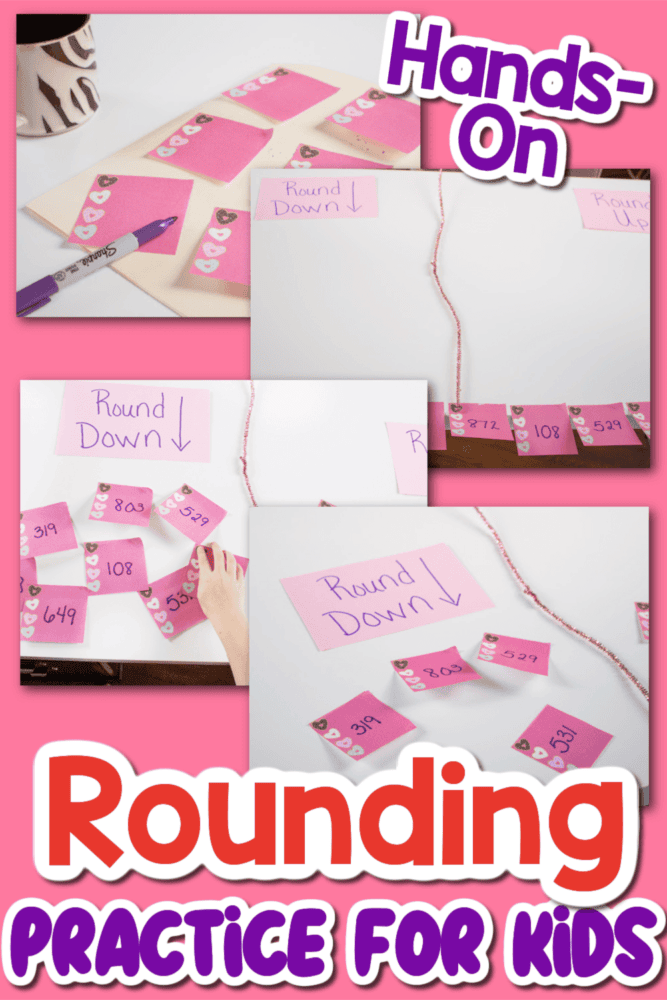
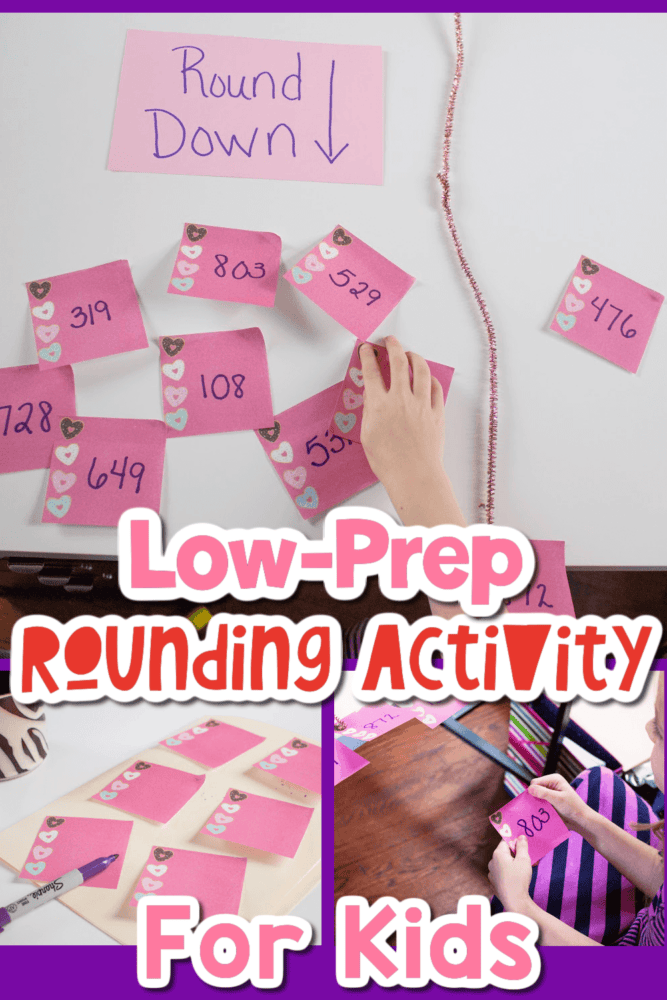
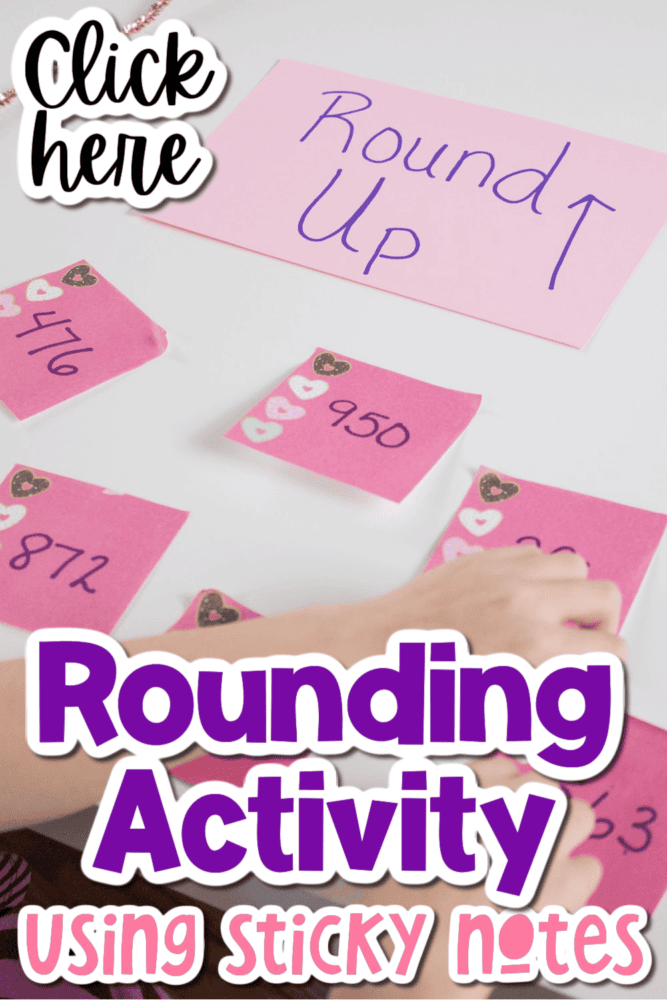

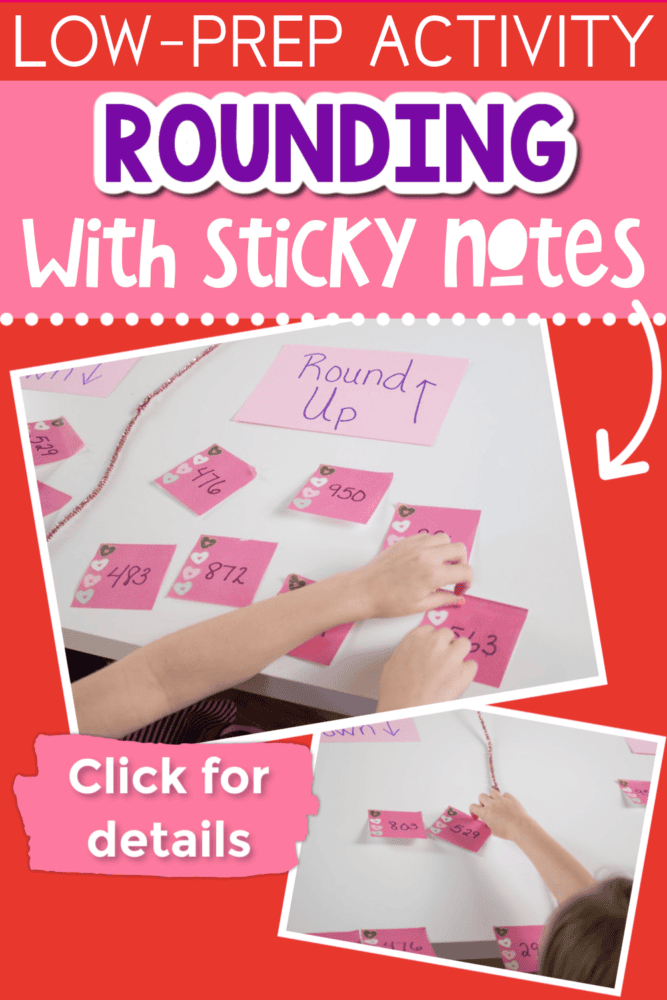
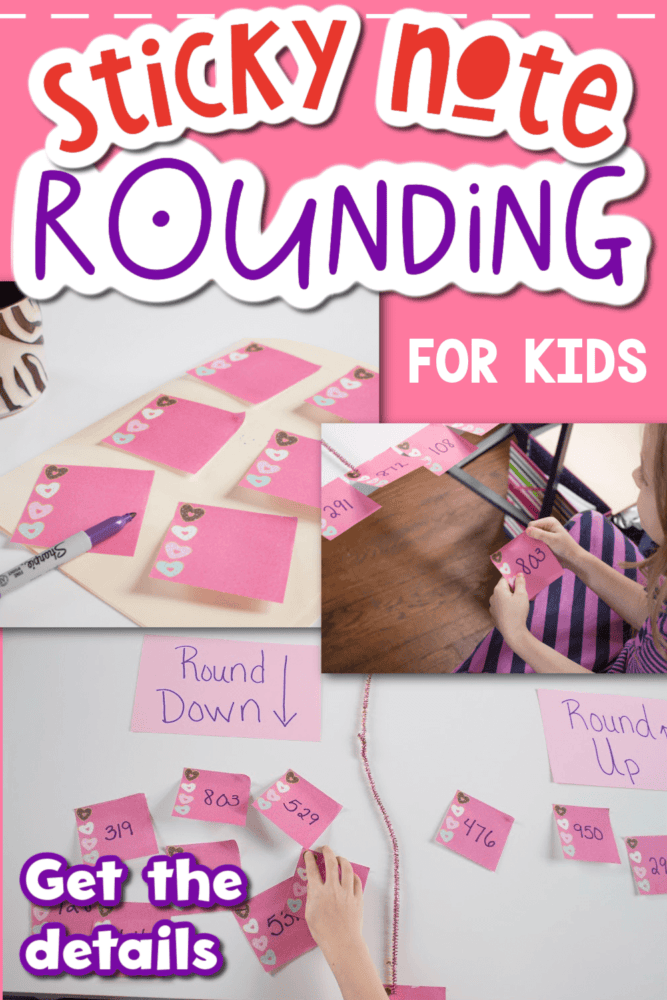
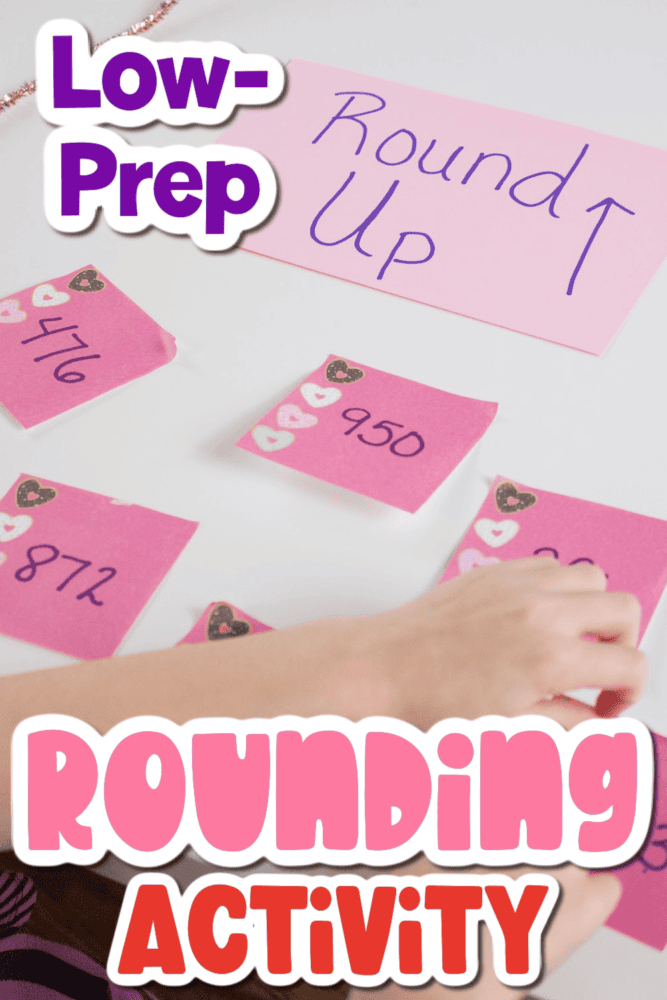



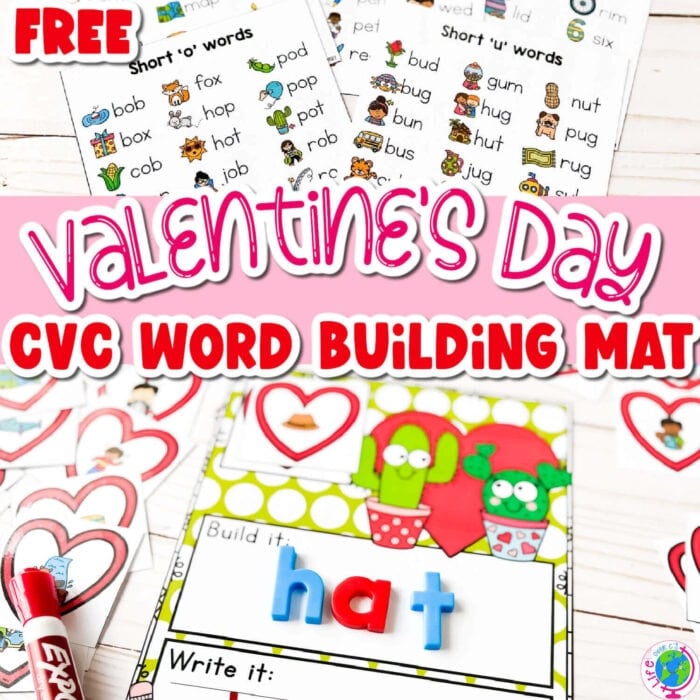

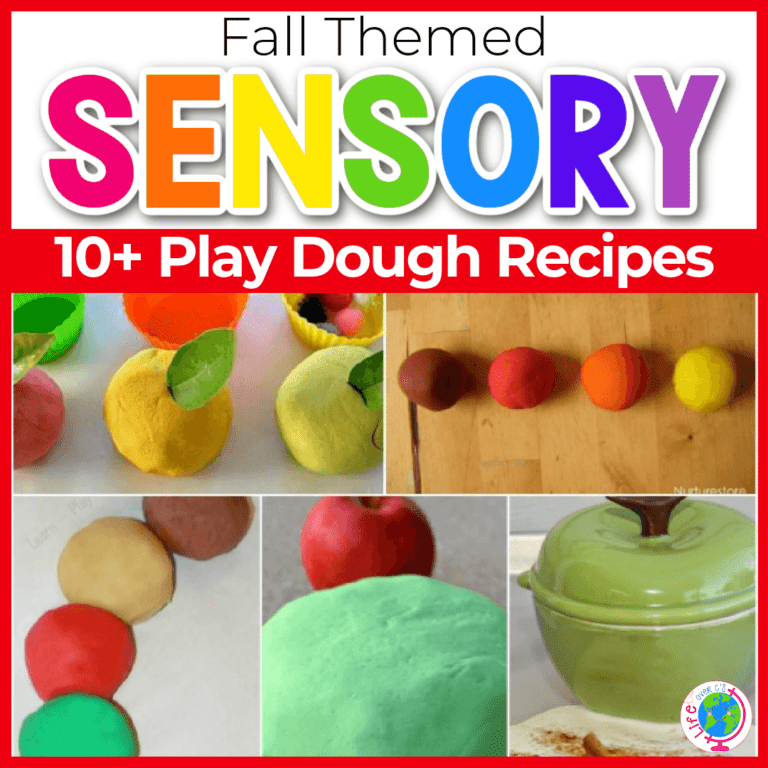


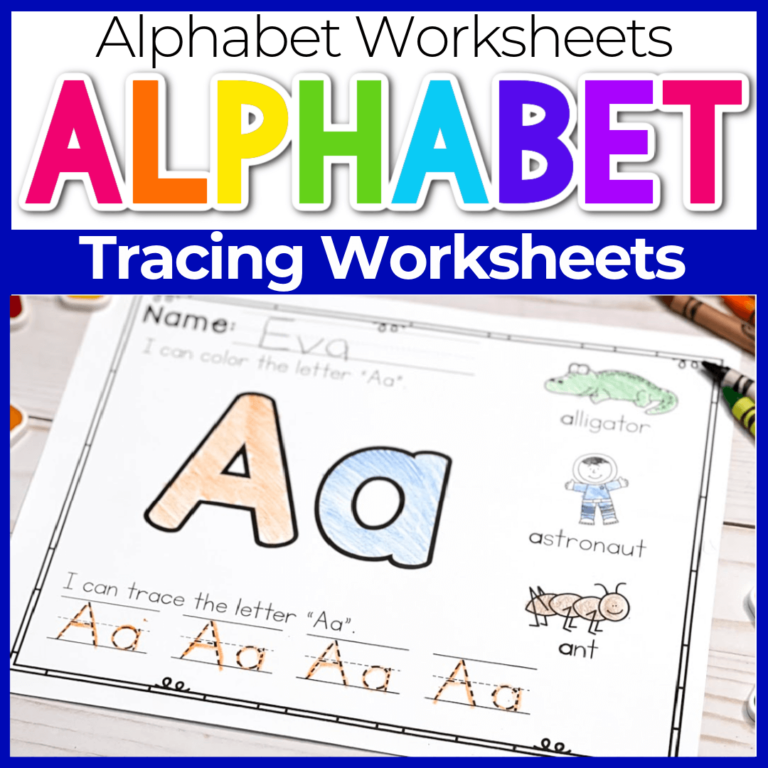


Post-it notes are wonderful for so many reasons! Lol! Such a great and simple activity!!
I love this – it’s one of the skills that we need to work on soon. Thank you for the inspiration.